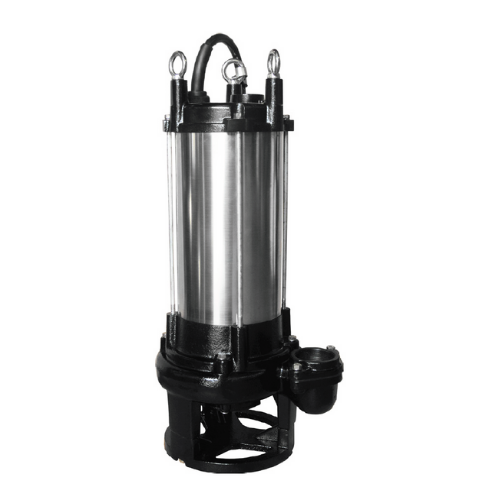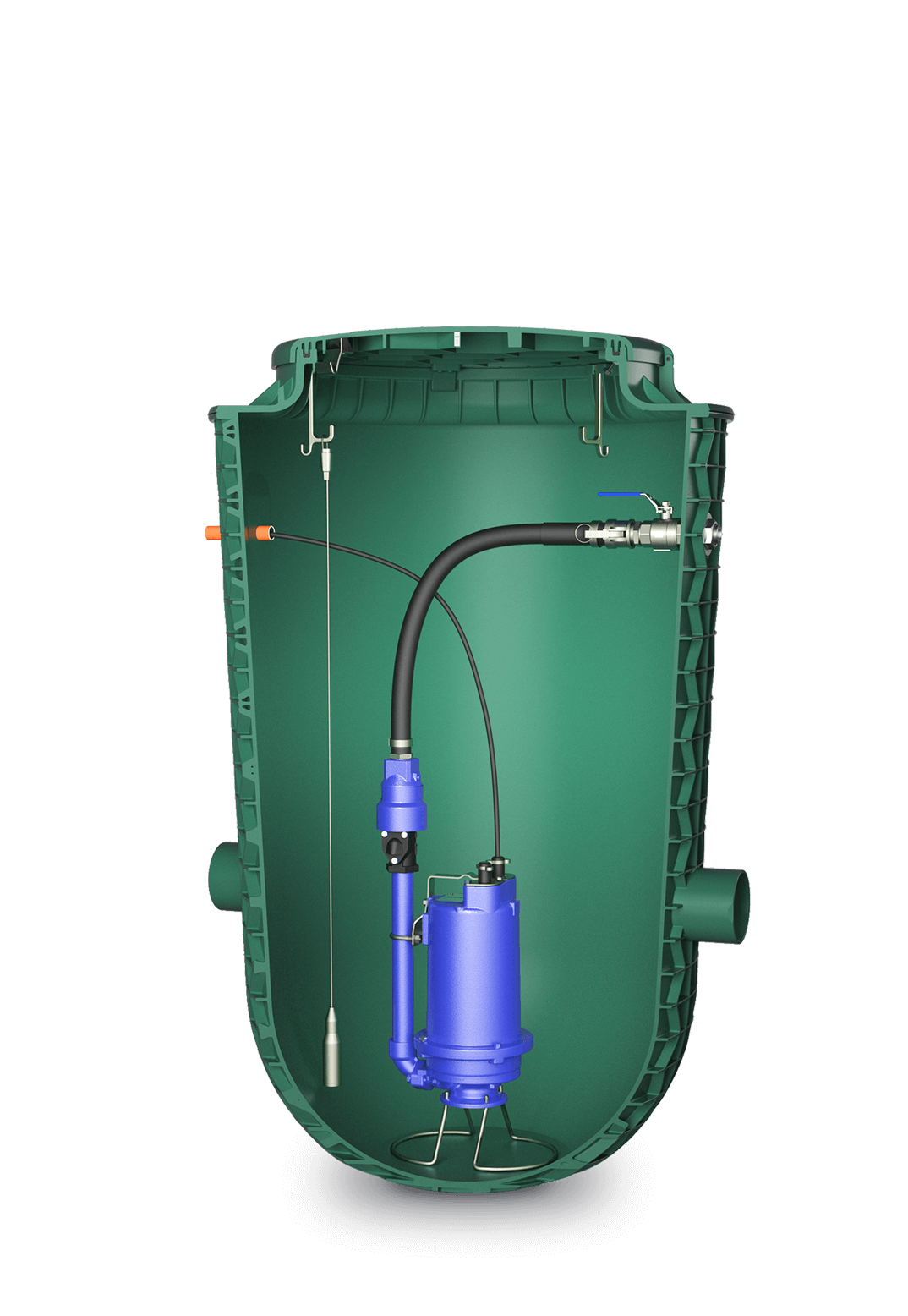The different types of wastewater pumps and their functions.
As a homeowner or business owner, it’s essential to understand the importance of proper wastewater management systems. One of the critical systems that you may need to invest in is a septic tank, which requires a sewage pump to function correctly. In this blog post, we’ll discuss everything you need to know about sewage pumps, sewer pump stations, and septic pumps and why they’re essential for protecting your health and the environment.
What is a Sewage Pump?
Also known as a sewer or septic pump, a sewage pump is designed to handle wastewater and sewage. These pumps are typically used in homes and businesses not connected to municipal sewer lines. When wastewater enters the sewage tank, the sewage pump moves the wastewater to the drain field or a municipal sewer line. Without a sewage pump, the wastewater would accumulate in the tank, leading to problems.
Types of Sewage Pumps
Several types of sewage pumps are available on the market, each of which is designed to handle specific types of wastewater. Some of the most common types of sewage pumps include:
1. Submersible Sewage Pumps
Left: REEFE Submersible Grinder Pump
As the name suggests, submersible sewage pumps are designed to operate underwater. These pumps are typically installed within the septic tank or sewage basin and can handle solids and liquids. One of the main benefits of submersible sewage pumps is that they’re relatively quiet and easy to install.
2. Non-Submersible Sewage Pumps
Non-submersible sewage pumps, on the other hand, are designed to be installed above ground. They’re typically used in applications where the septic tank is in a basement or crawl space. Non-submersible sewage pumps are generally more expensive than submersible pumps, are less common, and can be noisier.
3. Grinder Pumps
Grinder pumps are specialised pumps designed for grinding solid waste before pumping it through the pipes. These pumps can handle larger solids than traditional sewage pumps, making them ideal for commercial applications or homes with multiple bathrooms.
Sewer Pump Stations
Aquatec Enviro Sewage Pump Station
In addition to sewage pumps, you may also need to invest in a sewer pump station. A sewer pump or sewage lift station is designed to move wastewater from lower to higher elevations. These stations are typically used in areas where the slope of the ground isn’t steep enough to allow wastewater to flow naturally. The station includes a sewage pump, float switches, and a control panel.
Septic Tank Pumps
Septic tank pumps are simply sewage pumps that are specifically designed for use in septic systems. When installed correctly, septic tank pumps help ensure that solids don’t accumulate in the tank and cause clogs or backups. Choosing a septic tank pump that’s appropriately sized for your specific system is essential, as choosing the wrong size can result in inefficient operation and costly repairs.
Grey Water Pumps
Finally, a greywater pump is a specialised type designed to handle "greywater" – wastewater from sinks, dishwashers, washing machines, and other similar sources. Greywater pumps are typically used in homes and businesses with separate drainage systems for grey and blackwater. Separating the two types of wastewater can reduce the strain on your sewage system and overall power usage.
As you can see, sewage pumps, sewer pump stations, and septic pumps are all essential components of a fully-functional wastewater management system. Investing in high-quality pumps and systems can help protect your health and the environment by ensuring that wastewater is safely and efficiently removed from your property. If you have any questions about choosing the right pump for your needs or need help with installation or maintenance, don’t hesitate to contact Quality Pumps, your trusted source for all your pumping needs.



